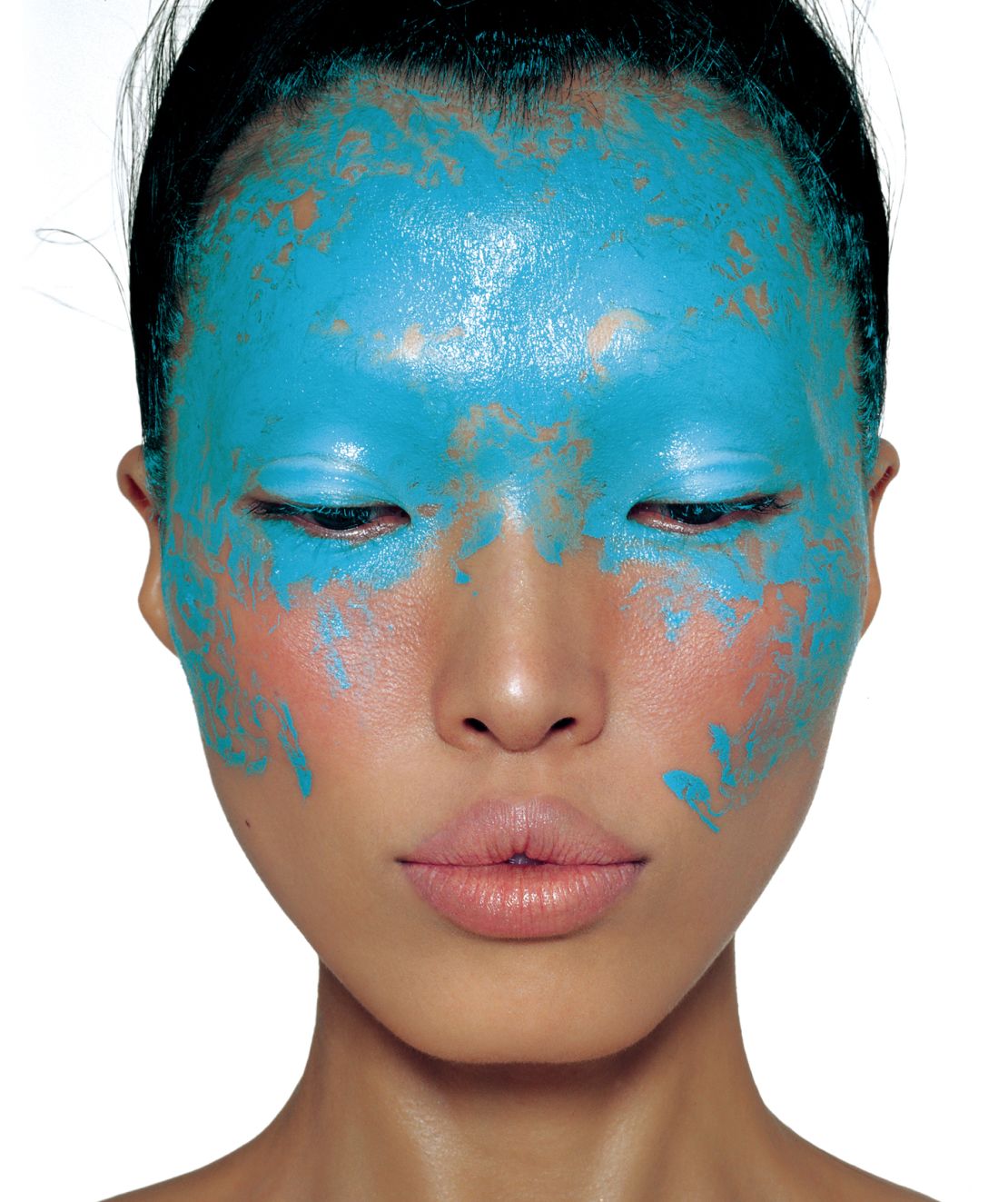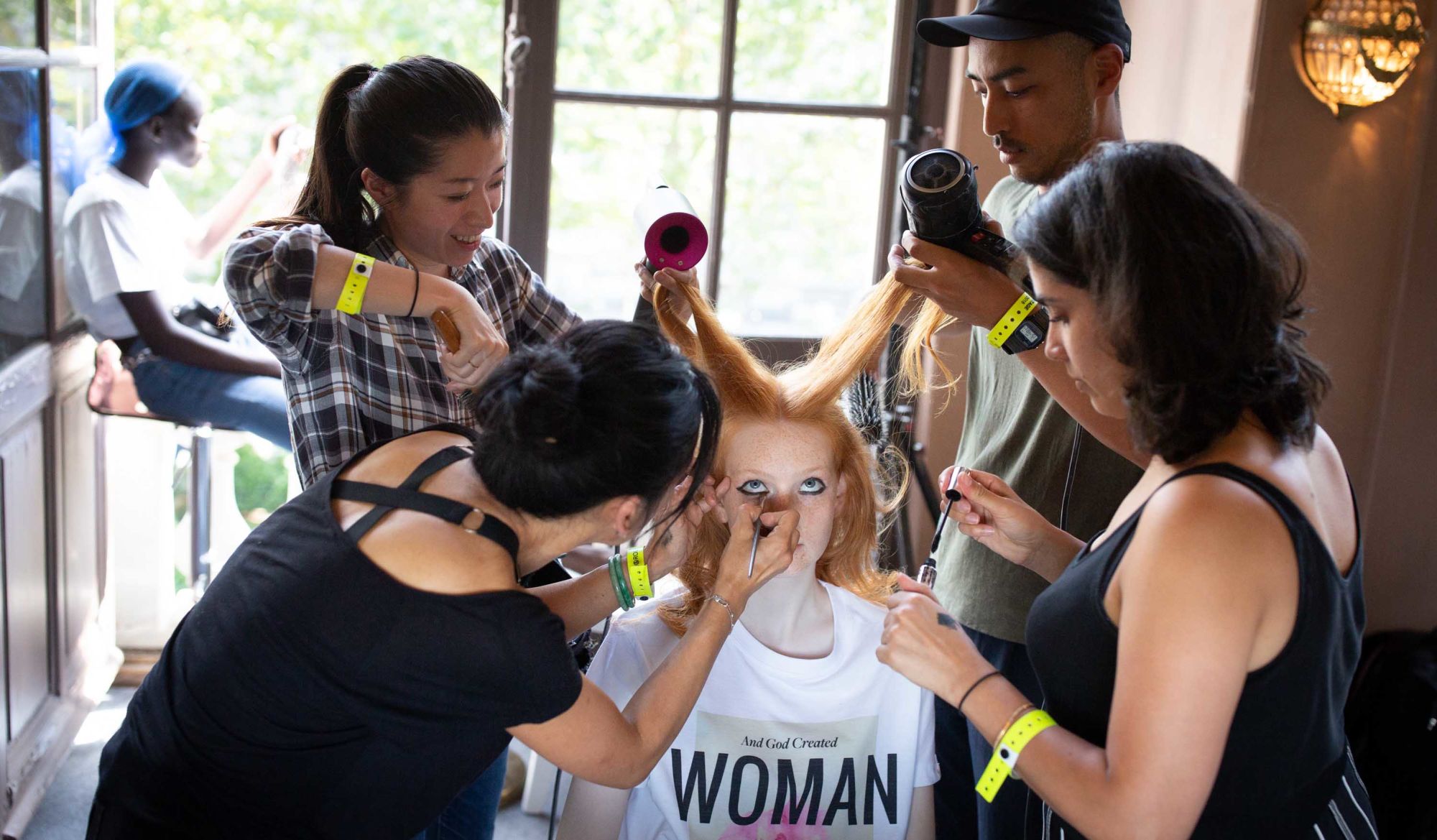Like so many of our regular habits, our morning grooming regimes may have changed because of the pandemic. A daily shave, applying a full face of make-up, dousing yourself in a heady spritz of your favorite scent, or working layers of product through your hair might feel a little over the top for those living under strict lockdown.
But beauty isn’t just about looking good, it’s also about feeling good, and a recent report by consulting firm McKinsey & Company has found that we’re buying more products that support our need for simple pleasures and self-care.

In France in March, specifically during the week that the country went into lockdown, luxury hand soap sales were up 800%, according to data published in the report from market research agency NPD. And the same report also noted that Zalando, Europe’s largest fashion and lifestyle e-commerce marketplace, saw a boom in the sale of products such as aromatherapy and detox support. On top of that, sales of skin, nail, and hair-care products were up 300%, year-on-year.
With very few hair or beauty salons open anywhere, many people are having to DIY their own beauty treatments. Amazon sales in the US for nail-care and hair dye products are up 218% and 172% respectively.
Despite these spikes, the McKinsey report shows we’re still currently spending less across the board on beauty due, in part, to the closure of so many brick-and-morter stores (an uptick in online sales is not making up for these losses). The impact that the coronavirus crisis has had on jobs and income has also made us less confident shoppers.
Early reports from Asia suggest the beauty market could be more resilient than other non-essential consumer markets.
In China, February beauty sales were down 80% from 2019, but by March sales were only down by 20%. A fairly remarkable bounce back given these unprecedented circumstances.
But comparative data from past recessions demonstrate this bounce-back behavior isn’t new. After an initial dip, the beauty sector was able to right itself relatively quickly during the 2008 recession. Previous to that, in 2001, Leonard Lauder (son of Estée Lauder) coined the term “Lipstick Index” in response to the rise in lipstick sales one month after 9/11. Even during the most difficult and uncertain times, little luxuries find their way into our shopping baskets.
This is because beauty is one of the more affordable, or, entry-level luxuries within what is often categorized as the discretionary consumer market. For a fraction of the cost of a Chanel handbag, or an Yves Saint Laurent gown, you can buy a sliver of luxury in the shape of a nail polish or lipstick.
And while splashing out on an expensive dress or even sneakers may feel at odds with our new reality, treating yourself to a face cream, or a new hair conditioner or bath salts may chime better with our lives at home.
Now, wearing a face mask in public is far more common in cities around the world. With our mouths shielded, and online retail giant Alibaba reporting that eye cosmetics sales were up 150% mid-February, perhaps Lauder’s term needs a makeover. Is it time for the Mascara Index?

